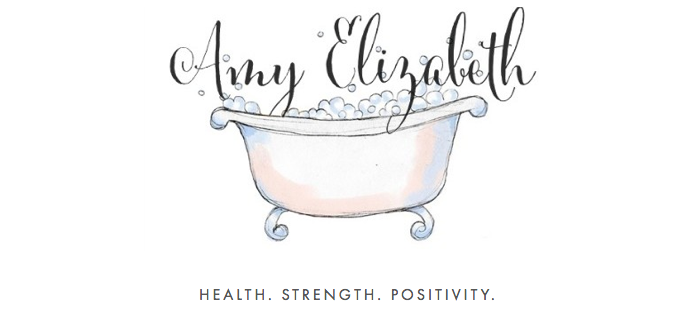HOME | BLOG | ADM FITNESS | ADVERTISE

I think it's safe to say that over the course of my life I've had a pretty love-hate relationship with food. I have a number of food allergies, meaning I never saw food as something I was able to enjoy. Food was a chore and something that even to this day I have never been overly excited about. Throughout my life I have covered pretty much every extreme from placing my body in a state of starvation to binging on nothing but sugar.
The problem with trying to maintain a healthy diet is the amount of conflicting information available to us on what exactly we should be eating. On a daily basis we are bombarded with new 'healthy' diets, weight loss tips and fad detoxes, just this week at work I saw the Daily Telegraph's article about how 'eating chocolate cake for breakfast can help you lose weight', and only a few weeks back it was reported in the media that black pudding is the new 'superfood' of 2016... The thing people often forget is that your body is a machine, and food should be seen as fuel: put good quality fuel in and your machine will run far more efficiently.
When I started training I changed my eating habits drastically, cut sugar, tried to stay away from snacking and generally stuck to what I assumed, due to the plethora of lies fed to us by the media, to be a 'healthy diet'. However it only took a few days of actually tracking my macronutrients to discover that my balance was actually way off.
If you have never heard of #IIFYM before, (short for 'if it fits your macros'), then at first glance the whole thing can seem incredibly confusing or daunting, admittedly it is only in the past month or so that I have actually got my head round it but now it makes meal planning and snacking so much easier, knowing that everything I am eating completely fits into my plan, and I have never felt more comfortable with eating in my whole life.
What exactly is a macronutrient?
In short, macros stands for macronutrients, the three main nutrients our body needs for survival: protein, fat and carbohydrates. Since following my IIFYM plan I know that everything entering my body is equating to the exact right amount of protein, carbs and fat for my training... because of this it removes any 'guilt' feeling associated with food at all, as I know my body NEEDS the macronutrient ratio I am feeding it.
Step One: Calculate your Basal Metabolic Rate
Your BMR is basically the amount of calories your body burns at rest, or the amount of calories required for all your bodily functions to function whilst maintaining your weight and doing no physical activity. The easiest way to work this out is using the calculation below:
For men: BMR = 10 x weight (kg) + 6.25 x height (cm) – 5 x age (years) + 5
For women: BMR = 10 x weight (kg) + 6.25 x height (cm) – 5 x age (years) – 161
Step Two: Factor in your lifestyle
You now need to combine this BMR number with how active your lifestyle is to work out you Total Daily Energy Expenditure (TDEE). This number will equal the total amount of calories that your body will burn on a daily basis, including all exercise and factoring in how strenuous your job is, i.e. if you have a sedentary job but do intense exercise 6-7 times a week (like me), you times your BMR by 1.375 to work out your TDEE... (but don't worry about working this bit out just yet, I'll pop a link below that does the whole thing for you).
Step Three: Work out your Macros
To simplify, 1g of carbs = 4 calories, 1g of protein = 4 calories, 1g of fat = 9 calories. Once you know the total amount of calories your body needs per day, you can work out how many calories need to come from each macro depending on your end goal. For muscle gain follow a 45% carbs, 30% protein, 25% fat ratio with a 20% increase on your TDEE calorie recommendation. For maintenance you want to stick to a 45% carbs, 30% protein, 25% fat ratio hitting your TDEE, and for fat loss you want to follow a ratio similar to 40% carbs, 40% protein, 20% fat eating a calorie deficit of around 10% your TDEE, so for me this entails eating 151g of carbs, 151g of protein and 35g of fat per day. The easiest way to track this? Download an app (I use My Fitness Pal), and use the nutrition wheel to track that you are consuming the correct amount of these three nutrients.
To easily calculate your macros click this
(source: www.bodybuilding.com)
The reason this makes your diet so much easier (even though it sounds ten times harder) is that within your macros you can eat WHAT EVER YOU WANT. And funnily enough, I am actually finding food
fun
for the first time in my life.

